Advanced Waterproofing Techniques for Structural Safety
Waterproofing is a critical component in maintaining the integrity and longevity of buildings. Proper waterproofing prevents water ingress that can lead to structural damage, mold growth, and interior deterioration. Effective waterproofing solutions are essential in areas exposed to moisture, such as basements, roofs, bathrooms, and exterior walls.
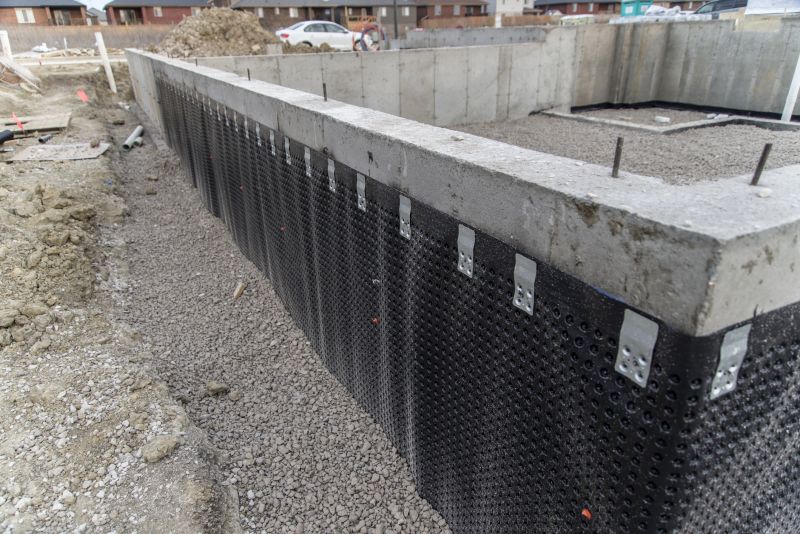
Completed basement waterproofing projects protect foundations from water seepage, reducing the risk of structural issues and mold growth.

Roof waterproofing ensures that roofs remain impervious to rain and snow, preventing leaks and water damage inside the building.
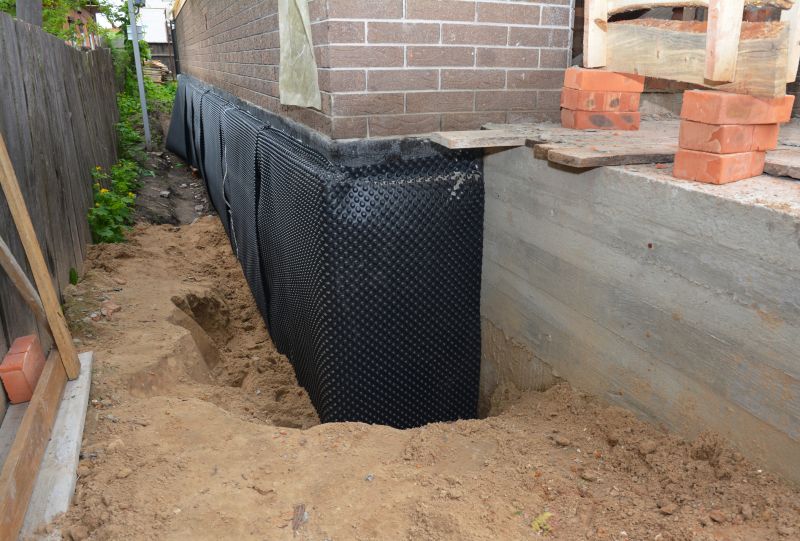
Exterior wall waterproofing shields buildings from water infiltration, helping to maintain the structural integrity and appearance.
Waterproofing methods vary depending on the area and specific requirements. Common techniques include membrane systems, liquid coatings, and sealants. These solutions are selected based on factors such as exposure level, material compatibility, and environmental conditions. Proper installation is vital to ensure long-lasting protection and effectiveness.
Statistics indicate that buildings with properly applied waterproofing experience significantly fewer issues related to water damage. In fact, waterproofing can extend the lifespan of a structure by decades, reducing maintenance costs and preserving property value. The process typically involves surface preparation, application of waterproofing materials, and curing, which can vary in duration based on the size and complexity of the project.
Professional waterproofing projects generally take from one to several days, depending on the size and scope of the area being treated. Larger or more complex structures may require additional time for surface preparation and multiple application layers.
The process includes assessing the area, preparing the surface, applying the selected waterproofing material, and allowing it to cure. Proper surface cleaning and priming are crucial steps to ensure adhesion and durability.
Engaging experienced waterproofing contractors ensures the correct application of materials, adherence to industry standards, and long-term effectiveness. Professionals also have the expertise to identify potential problem areas and recommend suitable solutions.
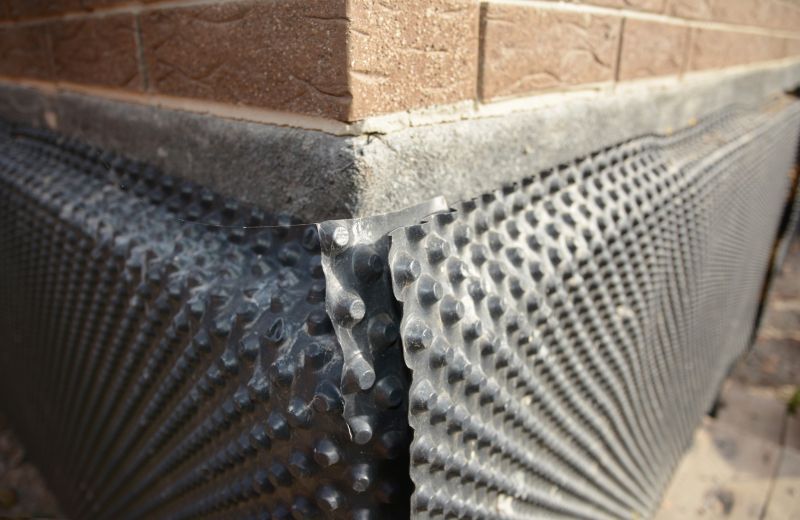
High-quality waterproofing applied to exterior surfaces provides a seamless barrier against water intrusion.
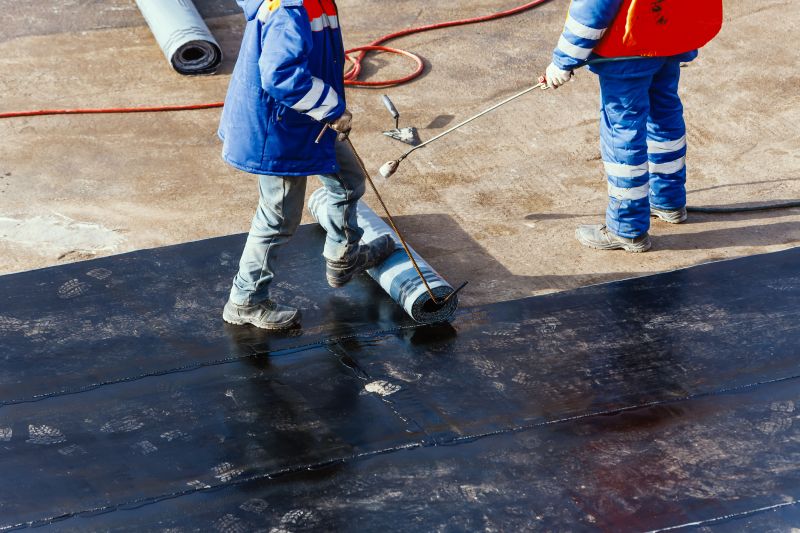
A fully waterproofed roof with protective membrane ensures durability and leak prevention.
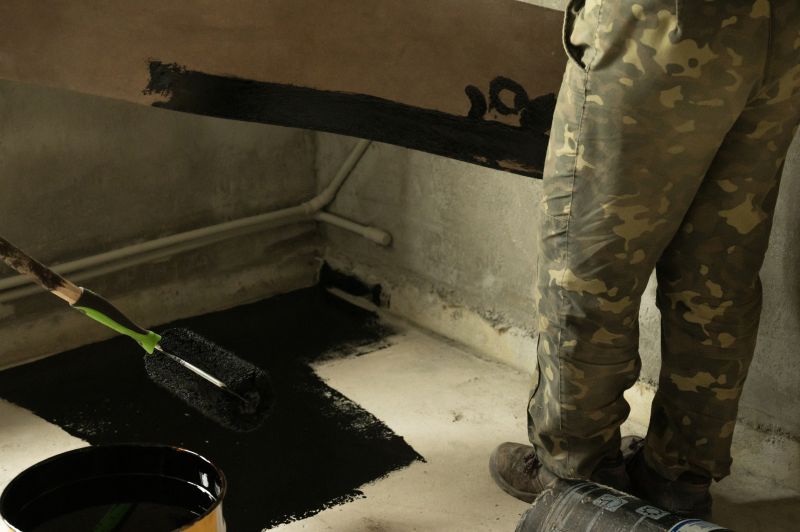
Interior waterproofing solutions help maintain dry and safe basement environments.
Proper waterproofing is an investment in property durability and safety. It helps prevent costly repairs, structural issues, and health risks associated with moisture intrusion. When considering waterproofing projects, consulting with experienced professionals ensures that the appropriate materials and techniques are used for each specific application.
Individuals interested in waterproofing services are encouraged to contact for detailed quotes and assessments. Proper planning and execution can significantly enhance the resilience and lifespan of a building, safeguarding it against water-related damages.




